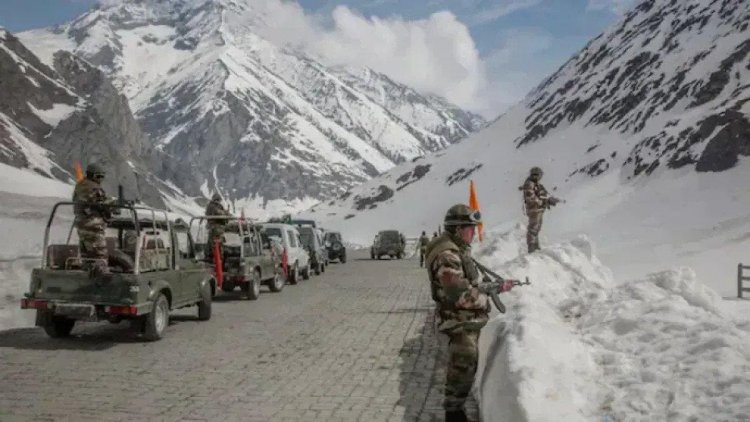India - China: Understanding the Tawang Clash
STORIES, ANALYSES, EXPERT VIEWS

On December 9, 2022, Indian and Chinese troops clashed in the Yangtse area in the Tawang region along the India-China border. The confrontation in Tawang was the most serious skirmish between the two sides since the Galwan Valley clash in 2020.
Strategic importance of Tawang
Nathan Ruser and Baani Grewa (analysts with ASPI's International Cyber Policy Centre) explain the strategic importance of Tawang. This Indian territory is “wedged between China and Bhutan. The region’s border with China is a part of the de facto but unsettled India-China border, known as the Line of Actual Control, or LAC. Within Tawang, the Yangtse plateau is important for both the Indian and Chinese militaries.
"With its peak at over 5,700 metres above sea level, the plateau enables visibility of much of the region. Crucially, India’s control of the ridgeline that makes up the LAC allows it to prevent Chinese overwatch of roads leading to the Sela Pass — a critical mountain pass that provides the only access in and out of Tawang…..”
But “while China’s positions are lower on the plateau, it has invested more heavily than the Indian military in building new roads and other infrastructure over the past year.”
In fact, write the two authors “the skirmish that took place between Chinese and Indian troops on December 9 on the Yangtse plateau was aided by this new infrastructure development. ….The December 9 clash is part of a pattern of Chinese troops continuing to attempt to change the status-quo along the LAC….”
An escalation trap for India
China’s rapid infrastructure development along the border, write the two authors “has created an escalation trap for India. It is difficult for India to respond to this new reality without being seen as escalating the situation. It is also difficult for it to unilaterally de-escalate without strategic concessions that would endanger its positions. India’s response has been to increase its vigilance and readiness along the border, including surveillance.”
As large numbers of Indian and Chinese outposts continue to compete for strategic, operational and tactical advantage at the border, “it is important to pursue non-military and multilateral measures in parallel to reduce the risk of accidental escalation..”
















